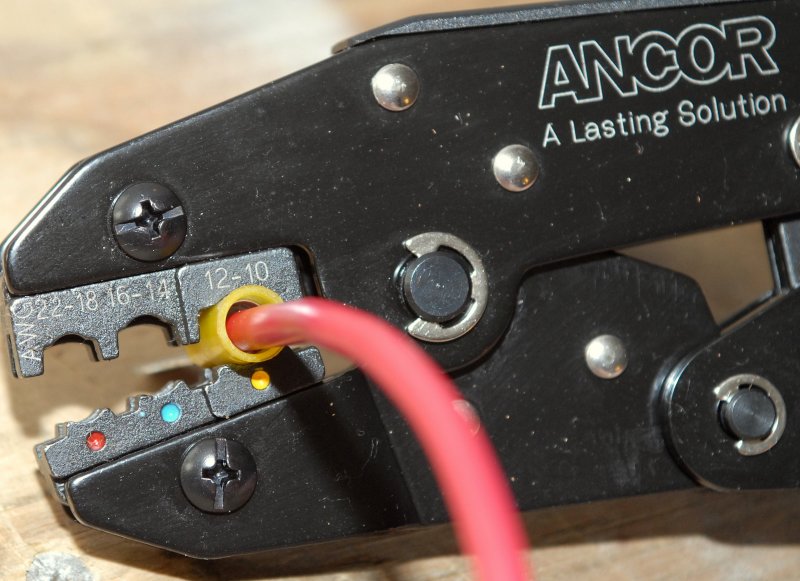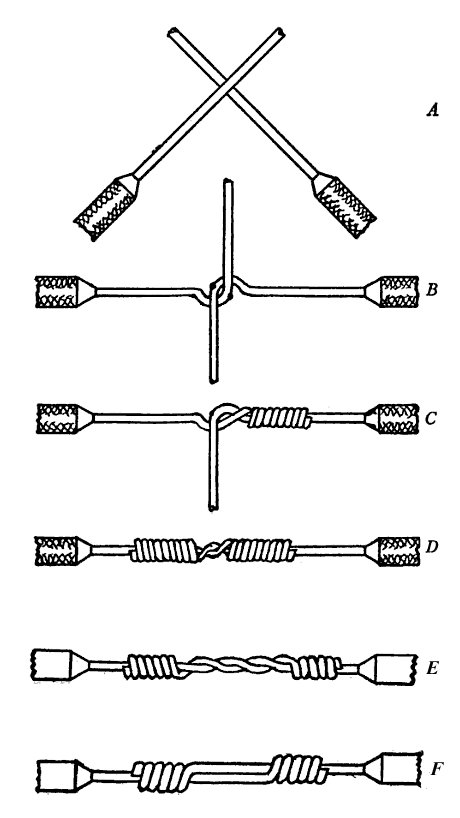That type fitting is used in most all stationary electrical panels. But I have never seen one used in any automotive, boat, or RV... as in mobile application. And I am a motor head, Jeep, muscle car, boat, RV, DIY guy.
So anytime I see something that has never been done before, I ask myself... is that because it is such genius no else ever thought of it? Or is it a dumb idea, no one else would try?
If I was asking myself that question, on using screw lugs in a mobile application, I would say to myself... self, that probably falls on the dumb idea side.
But many folks frown upon those that talk to themselves.









